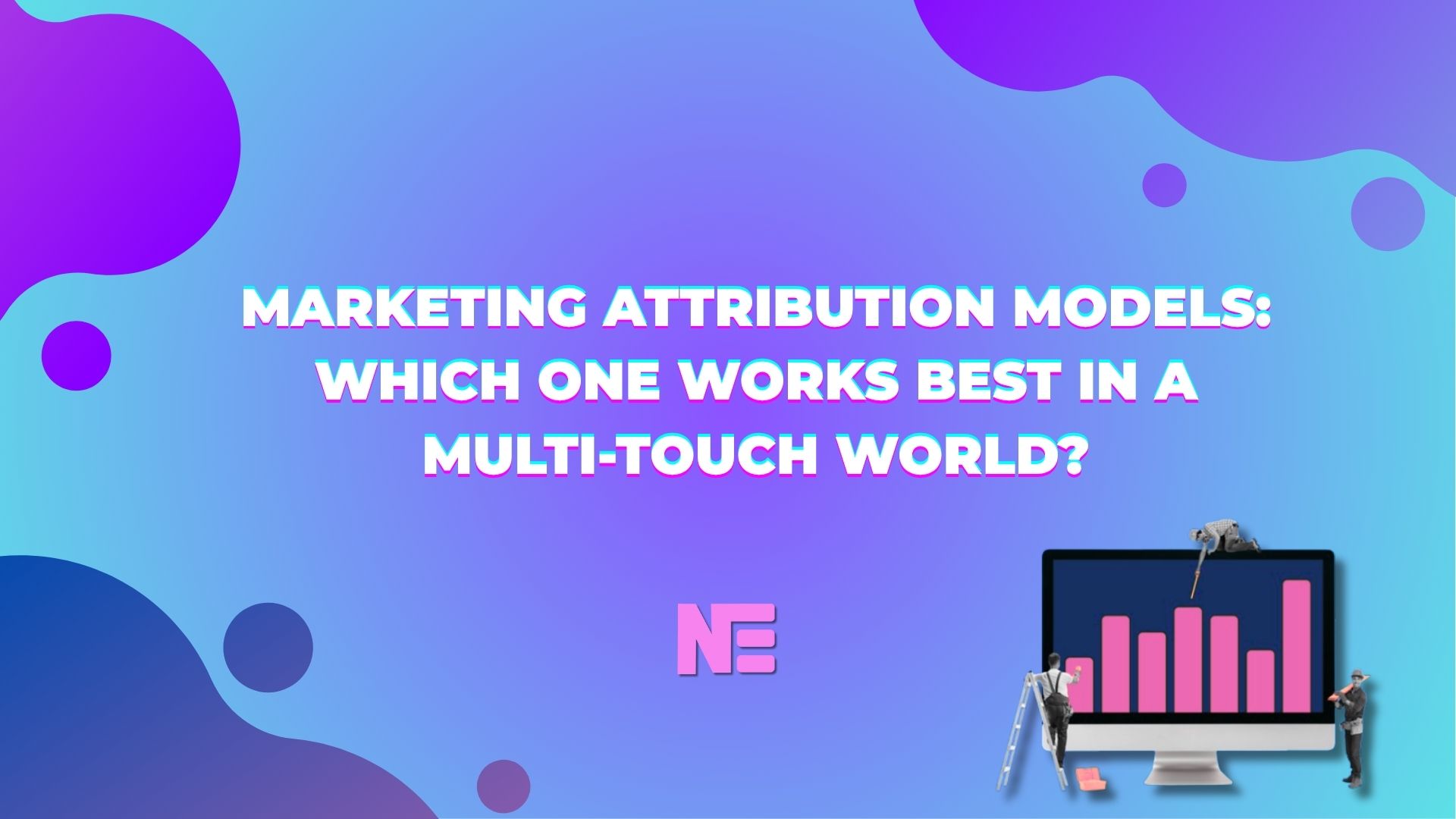In today’s complex digital ecosystem, a single customer journey might include multiple ad clicks, email opens, social media engagements, and website visits—often across different marketing platforms. With so many interactions contributing to a conversion, how do you know which touchpoint truly deserves the credit?
That’s where marketing attribution models come into play.
Choosing the right attribution model can help you accurately evaluate performance, make smarter media buys, and allocate budget where it delivers the most ROI. But not all models are created equal—especially in a multi-touch world.
What Is Marketing Attribution?
Marketing attribution is the process of assigning credit to the various channels, ads, and interactions that influence a customer’s decision to convert. The goal is to better understand what’s working (and what’s not) in your marketing funnel.
Attribution helps answer questions like:
- Did that social ad really drive conversions?
- How much value should be given to email vs. paid search?
- Are we over-investing in early-stage content or underestimating post-click actions?
Why Multi-Touch Attribution Matters Today
Consumers no longer follow a straight path from ad to checkout. Instead, they bounce between multiple touchpoints—search engines, influencer content, email campaigns, paid ads, and even traditional marketing platforms like direct mail or radio.
This complexity makes it critical to use multi-touch attribution (MTA) to gain a full picture of your marketing effectiveness. Relying solely on first or last-click attribution will give you a limited (and often misleading) view.
The Main Types of Attribution Models
Let’s break down the most common models and how they assign credit:
1. First-Touch Attribution
Gives 100% credit to the first interaction.
Great for understanding what initially captures a user’s attention, but not ideal for measuring lower-funnel activity or nurturing.
Best for: Awareness campaigns
2. Last-Touch Attribution
Gives 100% credit to the final interaction before conversion.
Useful for identifying what closes the deal—but it ignores the influence of earlier touches.
Best for: Direct response campaigns
3. Linear Attribution
Distributes credit equally across all touchpoints.
Simple and fair, but it may undervalue or overvalue certain steps based on actual influence.
Best for: Multi-channel campaigns with steady engagement
4. Time-Decay Attribution
Gives more credit to interactions closer to the point of conversion.
Great for understanding the increasing importance of recent touches in a longer funnel.
Best for: Long buying cycles with high intent late-stage engagement
5. Position-Based (U-Shaped) Attribution
Gives 40% credit to the first and last interaction, and 20% split among the middle touches.
Balances both discovery and conversion, while acknowledging nurturing steps.
Best for: Campaigns with defined lead gen and conversion processes
6. Data-Driven Attribution (DDA)
Uses machine learning to assign credit based on actual conversion patterns.
Google Ads and other advanced marketing platforms use DDA to analyze historical data and assign credit accordingly. It’s the most accurate but requires volume and data maturity.
Best for: Brands with strong analytics infrastructure
How to Choose the Right Attribution Model
When selecting an attribution model, ask yourself:
- How long is our customer journey?
- How many channels are we using?
- Are we more focused on awareness or conversion?
- Do we have enough data to support machine learning models?
- Which marketing platforms are involved—digital, traditional, or both?
Pro tip: Your attribution strategy should evolve as your business grows. You might start with linear attribution and shift to data-driven models as your customer journey becomes more complex.
Integrating Attribution Across Marketing Platforms
At Nxtera, we help businesses map attribution across both digital and traditional marketing platforms. Whether you’re running paid ads, podcast sponsorships, or direct mail, attribution ensures your budget is aligned with performance.
By using UTM tagging, call tracking, CRM syncing, and platform integrations, we build a full-funnel view of what’s really working—so you can invest wisely.
Final Thoughts: Attribution That Drives Results
Attribution isn’t just about assigning credit—it’s about uncovering truth. In a world of increasingly complex marketing funnels, the brands that win are the ones who understand their full journey, not just the final step.
Need help setting up an attribution model that works for your business? At Nxtera Marketing, we’ll align your goals with the right analytics, platforms, and performance insights to make every marketing dollar count.Ready to track smarter? Explore our traditional advertising and omnichannel attribution solutions today.


